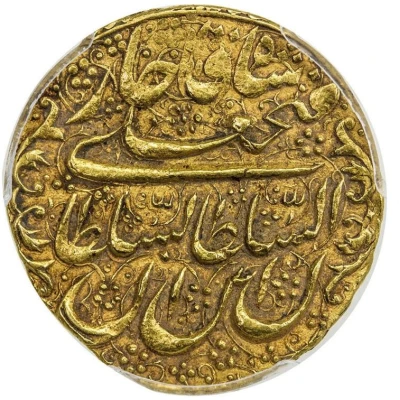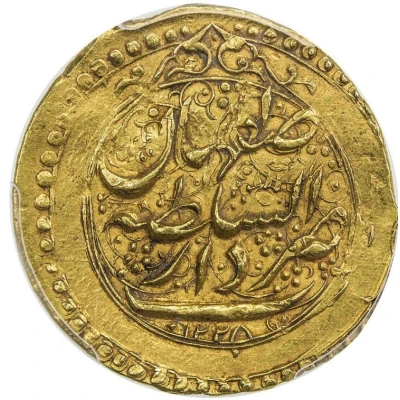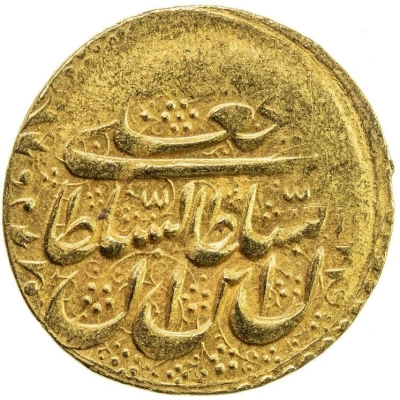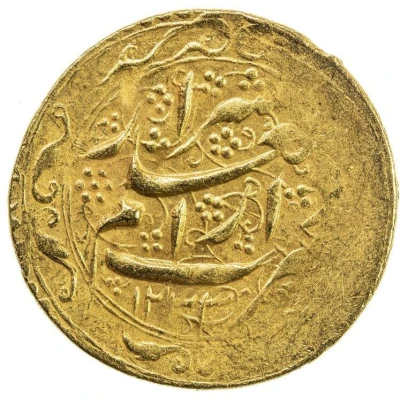


© Sincona AG
Toman - Fath-Ali Qajar
1232 (1817) year| Gold | 4.60 g | - |
| Issuer | Iran |
|---|---|
| Shah | Fath-Ali Shah (1797-1834) |
| Type | Circulating commemorative coin |
| Year | 1232 (1817) |
| Calendar | Islamic (Hijri) |
| Value | 1 Toman (تومان) (10) |
| Currency | Qiran (1825-1932) |
| Composition | Gold |
| Weight | 4.60 g |
| Shape | Round (irregular) |
| Technique | Hammered |
| Demonetized | Yes |
| Updated | 2024-10-05 |
| Numista | N#418831 |
|---|---|
| Rarity index | 100% |
Reverse
Script: Persian (nastaliq)
Lettering:
ضرب دارالسلطنه تبریز
۱۲۳۲
Lettering (regular font):
ضرب دارالسلطنه تبریز
۱۲۳۲
Interesting fact
One interesting fact about the Toman - Fath-Ali Qajar 1232 (1817) gold coin from Iran is that it features a unique blend of Islamic and Persian architectural elements on its design. The obverse side of the coin showcases the bust of Fath-Ali Shah Qajar, the second Qajar king of Iran, surrounded by intricate floral patterns and Arabic script. The reverse side features a stunning depiction of the Golestan Palace, a UNESCO World Heritage Site located in Tehran, which was built during the Qajar dynasty. The palace's architecture is a blend of Persian, Turkish, and European styles, reflecting the cultural diversity of the region. This coin is not only a beautiful representation of Iran's rich history and culture but also a testament to the artistic and craftsmanship skills of the time.



